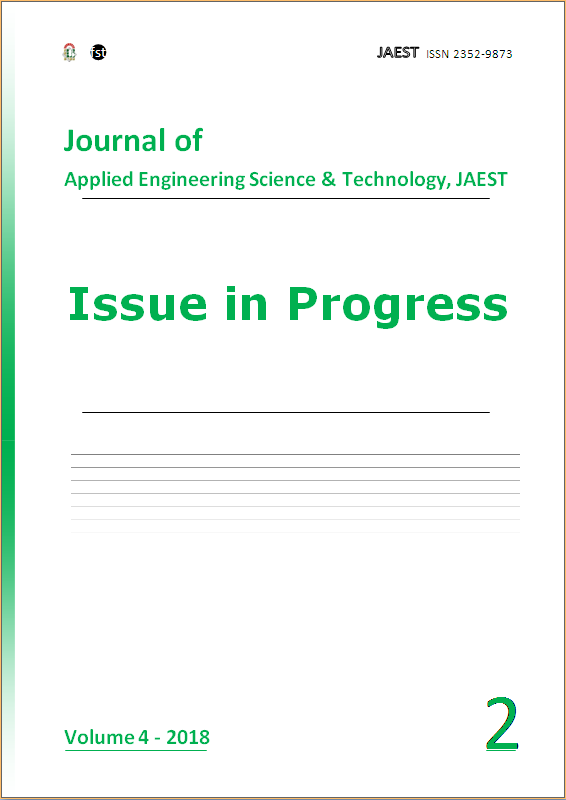Numerical simulation of convective heat losses in a helical tube of a cylindrical solar receiver
Abstract
In this paper, natural convection heat losses in a cylindrical solar receiver are investigated numerically. The study is conducted using three helical tube diameters: 12mm, 16mm and 25mm. The diameter of the receiver is 0.3 m with an aspect ratio equal to one and three aperture ratios of 1, 0.75 and 0.5. In each case, the receiver tube inside the cylindrical cavity is modelled by a helical spiral similar to those of real systems. The simulations are performed for three inlet temperatures (of 50, 75 and 100°C) and four receiver tilt angles (of 0, 30, 60 and 900) with a constant mass flow rate of 0.0885 kg/s. The effects of some parameters such as receiver size, boundary conditions, tube diameter, receiver tilt, inlet temperature and opening ratio on convective heat losses and outlet temperature are presented in form of graphs. It has been found that the convective heat losses are reduced by using the adiabatic boundary condition imposed on the half-circumference of the tube. Thus, increasing the helical tube diameter causes an increasing in the convective heat losses. The increasing of the fluid temperature and the opening ratio are found proportional to the increasing of convective heat losses.
J. Appl. Eng. Sci. Technol. (JAEST - ISSN 2352-9873) is a peer-reviewed quarterly journal dedicated to the applied engineering sciences and technology. The JAEST provides immediate open access to its content on the principle that making research freely available to the public supports a greater global exchange of knowledge.
There is no submission or publication fee for papers published in the JAEST.
Authors who publish in the JAEST agree to the following terms:
- Authors retain copyright and grant the journal right of first publication with the work simultaneously licensed under a Creative Commons Attribution License that allows others to share the work with an acknowledgement of the work's authorship and initial publication in the JAEST.
- Authors are able to enter into separate, additional contractual arrangements for the non-exclusive distribution of the journal's published version of the work (e.g., post it to an institutional repository or publish it in a book), with an acknowledgement of its initial publication in the JAEST.
- Authors are permitted to post their work online (e.g., in institutional repositories or on their website) prior to and during the submission process, as it can lead to productive exchanges, as well as earlier and greater citation of published work (See The Effect of Open Access). Any such posting made before acceptance and publication of the Work shall be updated upon publication to include a reference to the JAEST and a link to the online abstract for the final published Work in the Journal.






